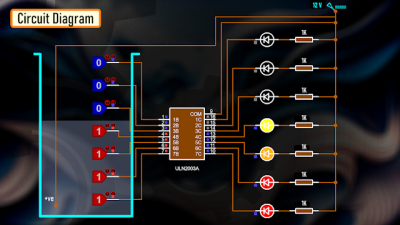You’ve probably seen street performers or family members making giant bubbles at some point in your life. But what if you could go ever bigger…even approaching a bubble of infinite length? That’s precisely what [Engineezy] tried to do.
The common technique behind blowing big bubbles involves attaching a thick rope to two sticks, then dipping the sticks in bubble fluid. The two sticks can then be spread apart to act as a big triangular bubble wand to create massive bubbles.
So the idea here to create a giant bubble-blowing frame using the same technique, continually feed it with bubble fluid, and stick it on top of a car. Spread the wings of the bubble wand, and watch the bubble grow. Oh, and this setup uses special bubble fluid—made by mixing soap, water, and veterinary J-Lube in specific ratios. Feeding the car-mounted wand with fluid was achieved by tubing delivering a continuous flow. Early small-scale attempts created wild 25 foot bubbles, while the car version made one over 50 feet long. Not infinite, but very cool.
As it turns out, the science of bubbles is deep and interesting.


















